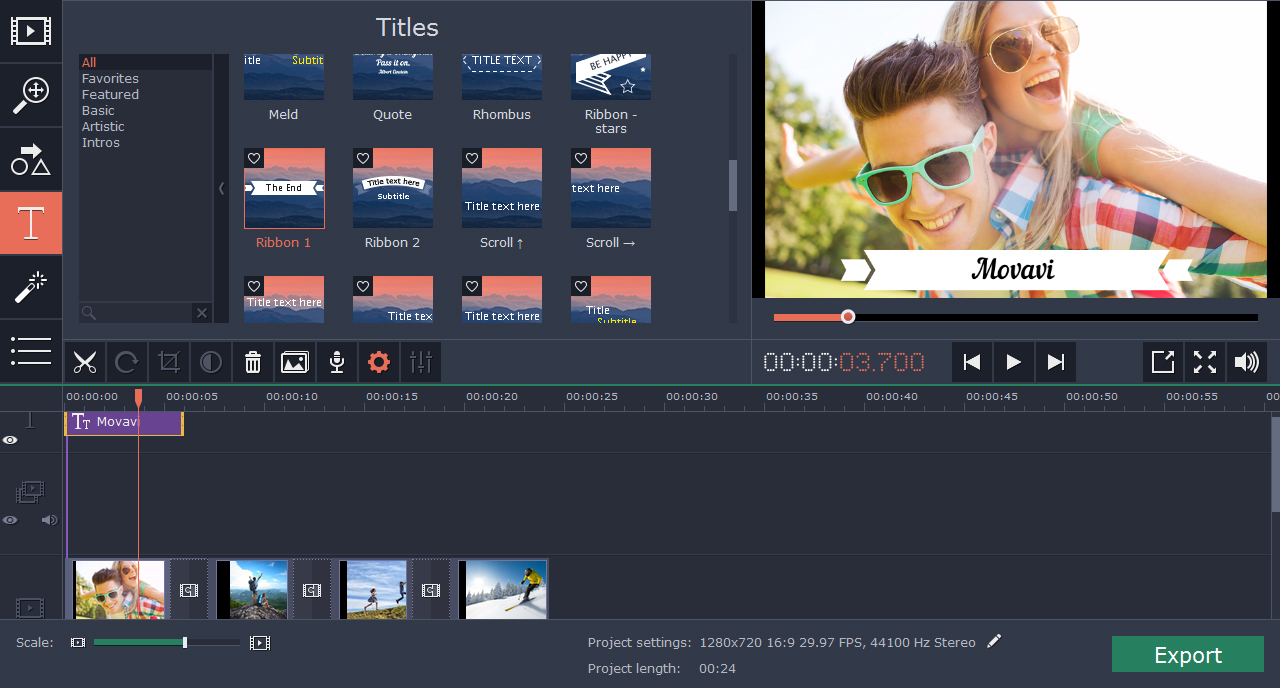The trailer of a movie is a work of art that stands on its own, apart from the movie it is advertising. The good trailers “give a taste” of the whole movie without revealing too much, developing enthusiasm for the film and giving the audience an attractive look at the final product that leaves it wanting more. Making the perfect trailer is no small thing; achieving this task will take planning, persistence and a skill set that is slightly different from what is needed to make a feature film.
As a movie trailer maker, you need to start with short screens to show the information of the production company. Think of the last trailer you saw; unless it was for an independent film with an extremely low budget, there is a good chance that the first thing you saw in the trailer were not images of the film itself but a few quick screens showing the logos of the studio that made the film, the production company or distributor, etc. These images, although brief, are important; the people involved with the film want to receive the credit due for the time and money they invested in it, so do not forget them.
Take note, however, that you do not necessarily have to wait until these images have finished showing to start presenting the movie to your audience. In fact, most trailers use the precious seconds devoted to displaying these logos to start playing music that sets the mood of the trailer (more on this below) or playing the dialogue audio of the movie. Also note that, in rare cases, the standard logos of the studio or production company are creatively modified to fit the trailer environment.
Establish the environment, gender and main character. Do not waste time presenting the basic facts of your film to your audience. In the space of the first 10 to 30 seconds of the trailer, the audience should have a rough idea about the kind of movie that the trailer is advertising, who is the main character and what kind of environment the movie has (for example, sad, carefree, ironic, etc.).
There is no “right” way to do this, but often the trailers do it by showing a quick sequence of the main character saying or doing something that clearly sets the mood of the movie.
It presents the central conflict of the film. Once you have established the “status quo” of the film, it presents the main conflict: the people, things, feelings and events that will form the basis for the story. In other words, show the audience why you should care about the characters and themes you just presented.
It hints at the increasing action of the movie (without ruining the plot). After having established the characters and the central conflict of the movie, you have very little additional freedom as to how to continue the trailer. Many modern trailers choose to insinuate the progression of the plot by showing fast and energetic sequences of dialogue lines or key events of the movie in the approximate (though usually not exact) order in which they appear.
Take note, however, that viewers can get upset with trailers that reveal too much about the plot of the film, especially if a surprise twist is revealed, so be discreet. Do not reveal many of the surprises of the movie!




